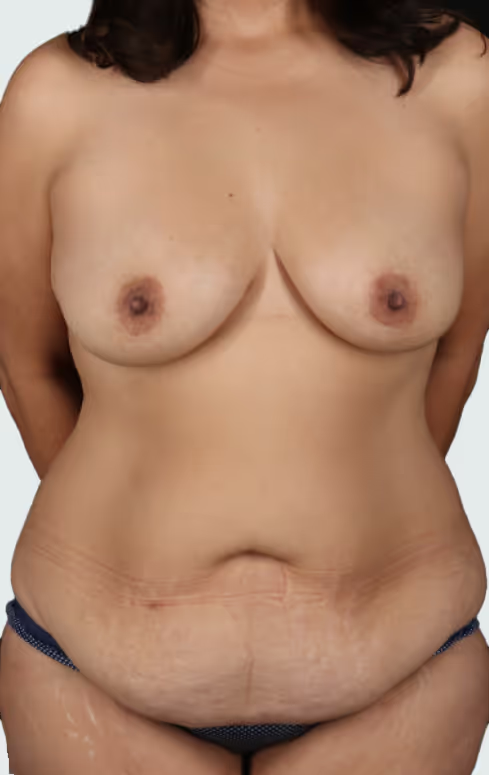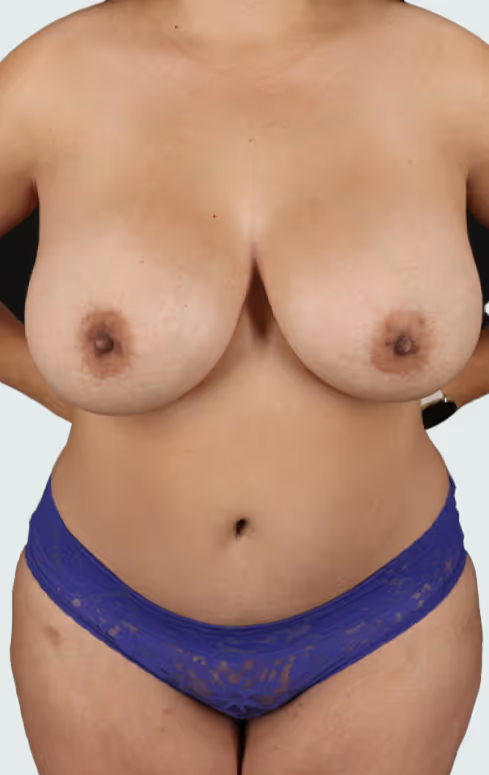Fat Transfer Breast Augmentation
A Fat Transfer Breast Augmentation is a minimally invasive option for enhancing breast size and symmetry. This dual-purpose procedure takes fat from another area of your body, such as the stomach or back, and injects it into the breasts for a natural look. Because fat transfer utilizes your own fat, many patients find it offers a natural and low-maintenance option.

Stephanie Stevens


.avif)
Dr. Michael Salzhauer


Dr. Michael “Dr. Miami” Salzhauer, M.D., is a board-certified cosmetic and reconstructive surgeon. Trained at esteemed institutions such as Washington University School of Medicine, Mount Sinai Medical Center, University of Miami Medical Center, and the Cleveland Clinic Foundation, he has built an international reputation for his pioneering work in Brazilian Butt Lifts, “Genius Liposuction,” and advanced body contouring techniques. With decades of experience, he combines surgical excellence with cutting-edge technology, serving as Chief Medical Officer of Bliss Aesthetics while leveraging a global social media presence to bring transparency and innovation to modern aesthetic practice.
Certifications and Affiliations:
- Certified by the American Board of Plastic Surgery
- Fellow, American College of Surgeons
- Member, American Society of Plastic Surgeons
- Hospital privileges at Aventura Medical Center
32 years average age
300k performed annually
94.3% satisfaction rate
75-125 cc cup increase
95.7% fat retention rate
What to Expect Before, During & After the Procedure:
Before the procedure
Arrange any necessary medical tests or blood work to confirm your eligibility.
Quit smoking and stop taking blood-thinning medications to minimize bruising and bleeding.
Avoid alcohol for at least 48 hours before to improve your blood’s ability to clot.
Prepare your post-procedure plan, including support and a well-prepped recovery space.
Get a mammogram, breast imaging, and a medical exam to qualify for the procedure.


The procedure day
Your surgeon will administer general or local anesthesia depending on the volume of fat being transferred from the donor area to the breasts.
Liposuction is used to harvest fat from the stomach, thighs, or lower back, and the donor area is contoured to the desired results.
The harvested fat cells are purified with a centrifuge device to remove any impurities or other toxic fluids to ensure safe transfer and long-term storage.
Syringes are used to inject the purified fat into varying tissue layers inside your breasts.
Compression garments may be wrapped around the chest to support healing.
After the procedure
You may leave the clinic or hospital a few hours after your procedure is complete.
Swelling and bruising will be present, but will subside gradually between 48-72 hours following the procedure.
Return to work after one week of rest, still wearing your compression garment to support continued healing.
Bruising fades, discomfort improves, and light exercise can resume about 2-3 weeks post-procedure.
Attend follow-up appointments to monitor healing.

Bliss turns the typical procedure process into a transformative experience. From your first consultation to your final reveal, every step — before, during, and after — is personalized around you. Your Care Advisor will guide you through surgeon-matching, procedure prep, and post-op healing, making sure you’re fully supported, perfectly prepared, and cared for at every moment.



Immediate post-op
Expect swelling, bruising, and soreness in both breasts and donor areas, with most patients able to return to light desk work within a few days.
Weeks 2-4
Bruising peaks and swelling subsides significantly, with the breasts starting to look more natural.
Months 1-3
Bruising fades, comfort improves, and final results take shape as surviving fat stabilizes, showing the true long-term volume.
Our dedicated support doesn’t end just because your procedure does. Your Care Advisor stays by your side with tips, tricks, and recovery guidelines to make healing feel easy, smooth, and stress-free. Because you deserve to love your results for life.



Since the procedure uses your own fat, the breasts tend to look and feel more natural. The transferred fat integrates with your existing tissue, creating a softer and subtler enhancement.
Fat transfer is a two-in-one procedure: liposuction removes unwanted fat from areas like the stomach, thighs, or flanks, and that same fat is used to enhance the breasts. This allows for overall body contouring.
Without implants, you eliminate risks like implant rupture, capsular contracture, or the need for future implant replacements. For many, this makes fat transfer feel like a lower-maintenance option.
Most patients gain about a half to one cup size per session. If you’re looking for a dramatic increase, implants or multiple fat transfer sessions may be needed.
Not all of the transferred fat will survive. The body naturally reabsorbs 30–50% of it, which can make results sometimes require a touch-up.
Candidates need a sufficient amount of fat to harvest. Very lean patients may not have enough fat to achieve their desired breast size.
Cost considerations
Your procedure's price breakdown
Expertise and facility costs
This covers your surgeon’s specialized experience in your procedure, along with the costs of the surgical center, including the operating room, recovery room, and all essential equipment.
Scope of the procedure
Depending on your individual needs, the procedure may require special techniques, equipment, or medical recommendations for a unique situation.
Travel expenses
If the right surgeon for you is a plane ride away, then travel costs such as transportation and hotel accommodations will be separate fees you pay in addition to the procedure.
Anesthesia fees
The anesthesia cost includes the anesthesiologist’s time, the type of anesthesia used, and all the monitoring equipment.
Post-procedure care
This means follow-up appointments, prescribed medications, and any medical supplies or garments needed to support your recovery process.
Estimated price range
Accommodations will be included in your final estimate.
Financing is how most Bliss clients bring their dreams to life. Yet, 76% of people exploring procedures still don’t know this option is available. No wonder 85% of those who don’t book say affordability is holding them back, and two-thirds would be more likely to move forward if they knew financing was an option.
We work with trusted lenders like CareCredit to offer you a range of financing options, so you can get started on your procedure now and pay over time. Flexible, secure, and with 0% interest for up to 24 months, it’s care that fits your budget, not the other way around. With multiple providers, we’ll make sure you get the best rate possible.



Thinking about starting your own journey?
Get more cosmetic information and insights from Bliss by dropping your email below.

.avif)



.avif)
.avif)
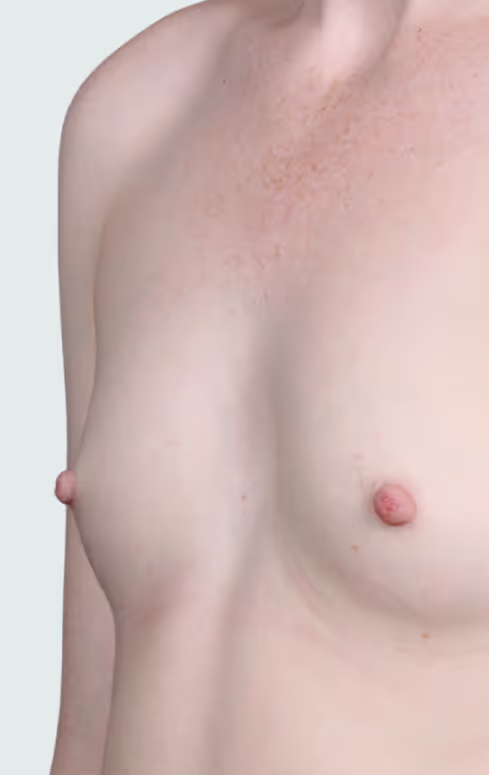
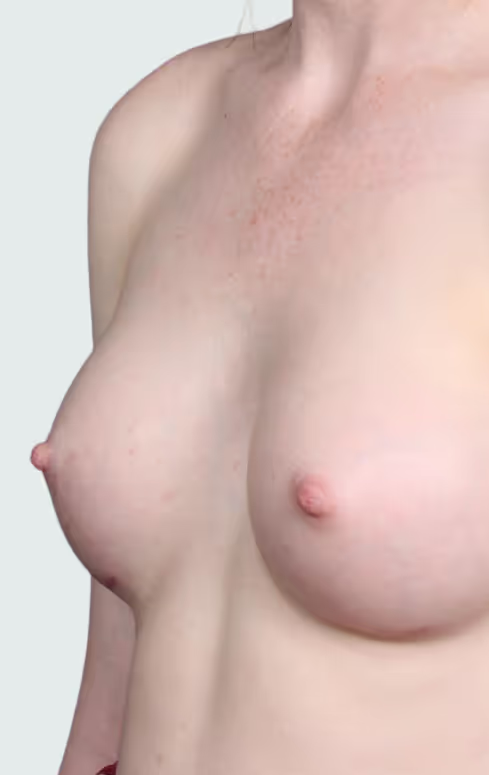
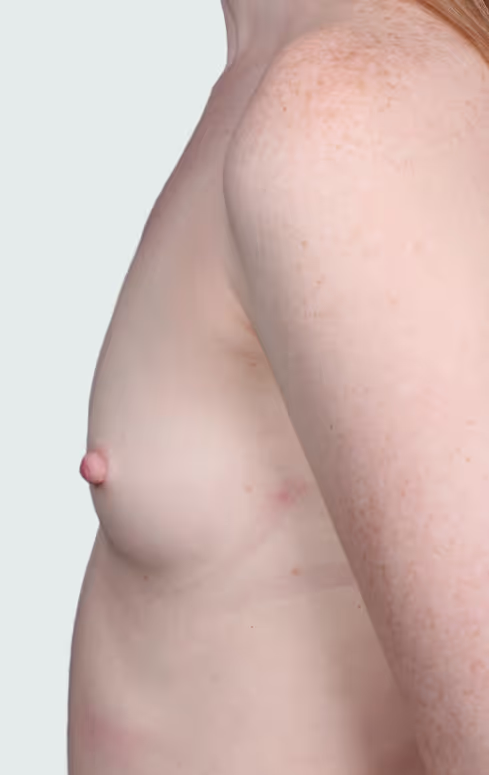


.avif)


